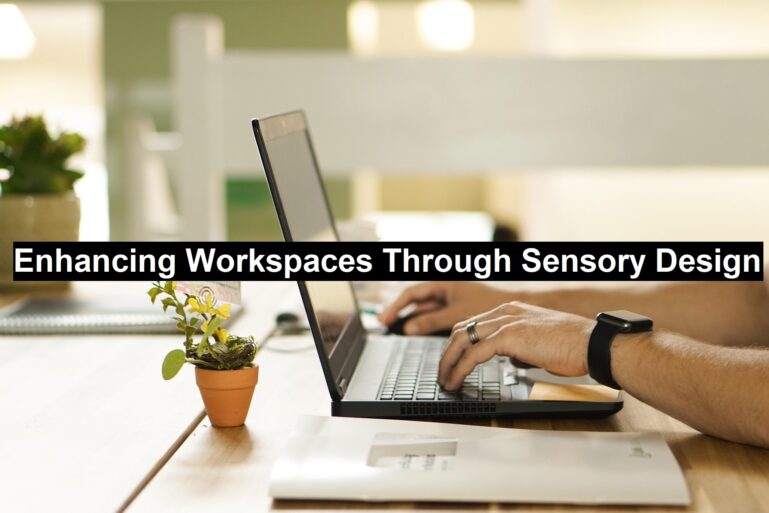Enhancing Workspaces Through Sensory Design

The concept of sensory environments in the workplace is gaining popularity as companies look to improve productivity and employee well-being. By engaging senses like sight and sound, thoughtfully designed workspaces can boost focus, mood, and overall job satisfaction. Here’s how integrating sensory elements into office design can create a healthier and more productive work environment.
One of the key aspects of sensory design is visual elements. Natural light is a major contributor to improving mood and reducing fatigue. Large windows, skylights, and open layouts that maximize sunlight help create a bright and uplifting atmosphere. Colors are also crucial; warm hues like yellow and orange bring energy, while cooler tones like blue and green promote calm and focus. A neutral palette can balance these effects, giving the office a clean, professional feel.
Read: Why Outsourcing Your Bookkeeping Needs is the Smart Choice for Small Businesses
Adding nature into the workspace can further enhance the sensory experience. Indoor plants, green walls, and water features connect employees to the natural world, reducing stress and boosting creativity. Artwork and decor also play a role by adding personality and sparking inspiration, while different textures, such as wood or fabrics, add tactile interest to the space.
Sound is just as important as visual appeal. Background noises like white noise or nature sounds can mask distractions, helping employees concentrate. Soft music can set a positive mood and improve focus, while sound-absorbing materials like carpets, curtains, and acoustic panels help reduce unwanted noise, creating a peaceful work environment.
Balancing these elements is key to creating versatile spaces. Open areas encourage collaboration and communication, while quiet zones offer privacy for focused tasks. Technology also plays a role in this balance, with smart lighting systems that adjust brightness and color to mimic natural daylight, improving alertness and mood. Customized sound systems can create a tailored auditory environment that matches different work areas.
By focusing on both sight and sound, businesses can design workplaces that support mental and physical well-being, making for a more dynamic, productive, and enjoyable workspace.
Enhancing-WorkspacesFor more insights on sensory design in the workplace, check out the accompanying resource courtesy of Fabric Images, the experiential company to partner with when attempting to bring value to any sensory experience.
